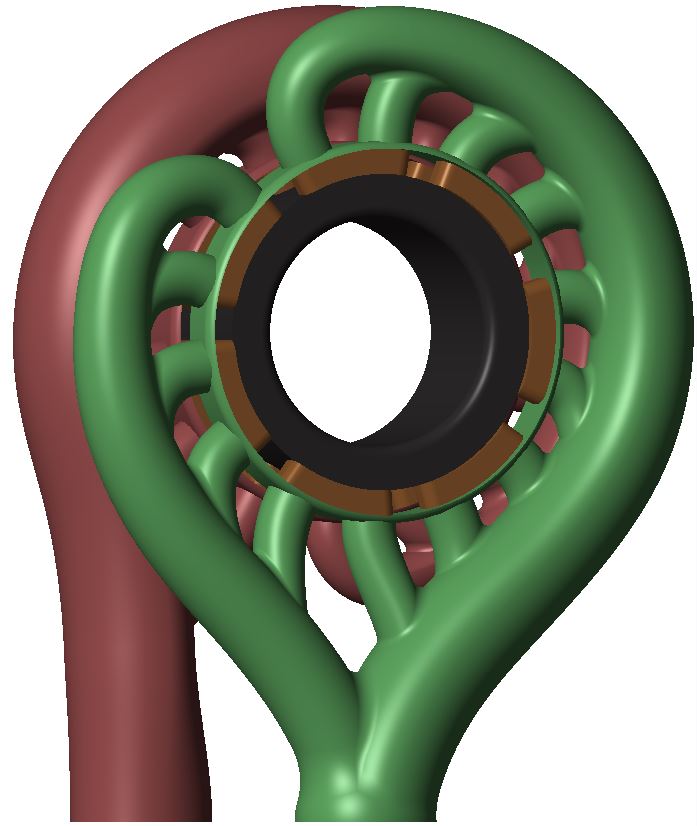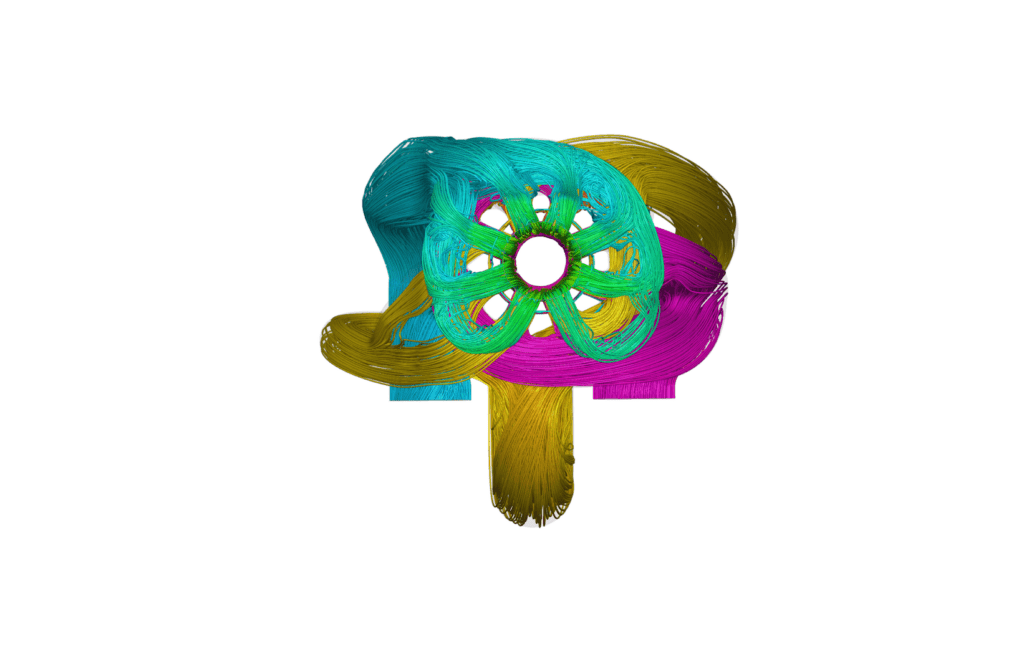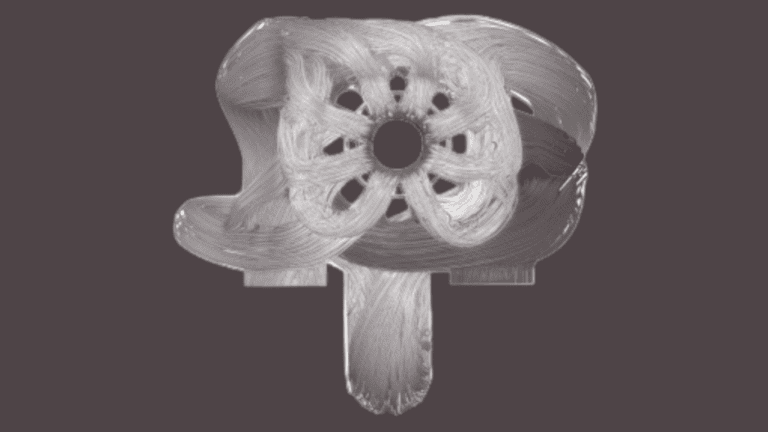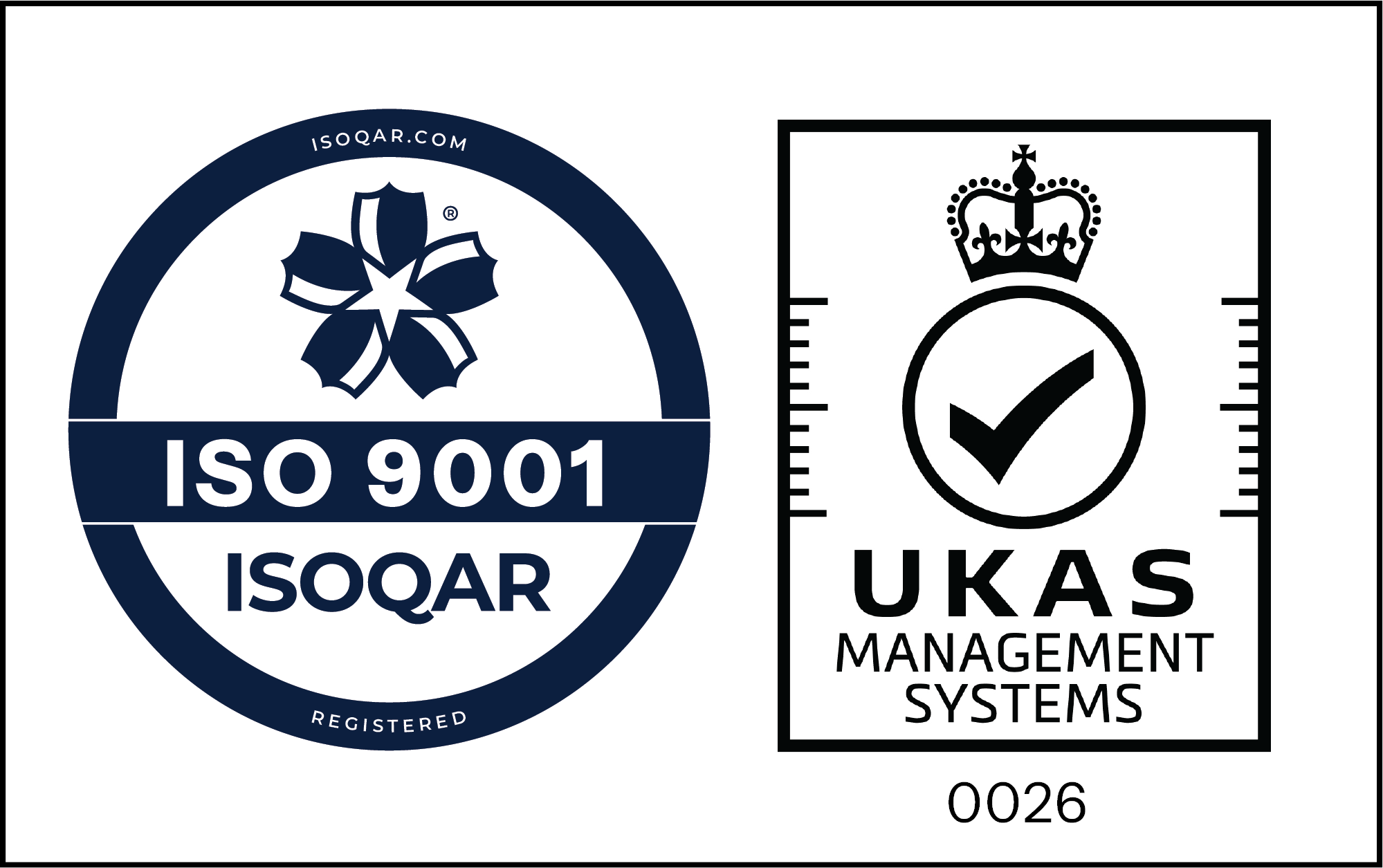When designing new products, engineers must validate their decisions based on evidence they can gather around them. There comes a point in the design process where a decision must be made on which concept is worth developing, be it for economic, performance or aesthetic reasons.
Before the digital age, engineers relied on crude assumption-based calculations and engineering intuition. Calculations and intuition can be improved through time-consuming trial and error, however, there are significant limitations in time and cost for this approach.
Relatively recently, the engineer has acquired a new set of tools to inform such decisions in a way that is more accurate, time efficient and cost-effective. Such tools are simulation-based models carrying out many billions of calculations a second, e.g. Computational Fluid Dynamics.
Computational Fluid Dynamics is a tool used to simulate the 3-dimensional behaviour of a fluid, subject to specific conditions, in a complex physical volume. The conditions are set from the operating environment of the component carrying the fluid, whilst the structure is created by the designer to ensure the fluid is travelling as efficiently as possible within the available design space.
In the Fluid Power industry, Computational Fluid Dynamics has proven to be an essential tool to the design engineer. Together with Additive Manufacturing (3D printing, AM) design, it has enabled a high rate of both complex design iterations, and validation in meeting performance targets. An example of where this was applied can be found here.

The image above is an example of two fluid pathways found in part of a printed valve body. The complexity of these galleries and their near-endless adjustability means design efficiency is reliant on accurate modelling and a high number of iterations.
At Domin Fluid Power, Computational Fluid Dynamics Computational Fluid Dynamics is a cost-saving tool. Iterative design can be carried out without the time and cost of making expensive physical prototypes, and real-world conditions can be simulated in the digital domain. To that end, Domin has created various Computational Fluid Dynamics models for the dynamic simulation of pumps to observe cavitation risks, as well as static simulations of valves highlighting areas of inefficiency in fluid flow. The image below shows fluid streamlines in a static Computational Fluid Dynamics model of a valve body.

The iteration of designs can now be rapidly validated digitally, saving time and cost compared to when this had to be done with physical bench tests. The image above describes one such example. It is part of a study of a miniature rotary actuated valve developed at Domin. Computational Fluid Dynamics modelling led to a 40% reduction in torque from flow-force optimisation around the spool whilst maintaining flow capabilities. It is with the extensive use of modelling techniques, such as those shown here, that Domin fluid Power designs and develops high-performance products with the flexibility and complexity of AM.
When considering alternative solutions to a problem (whether it is meeting a flow target or managing areas of stress for fatigue), a high turnaround-rate approach is essential when the holistic design is carried out by a single engineer. In this regard, Computational Fluid Dynamics is a step-change enabling process that is readily informative to the designer on which design path is best suited to meet the specification targets. Want to learn more? Check out our article on Evolution or Revolution.

